The Gippsland Renewable Energy Park, as the project is to be named, will be situated in the heart of what has traditionally been Victoria’s coal country, in the state’s southeast.
While the project’s capacity has not been revealed, Octopus Australia LinkedIn post on the news said the park “will be a multi-$billion project and will deploy various technologies at utility scale.”
The project is intended to help replace the capacity that will be lost when EnergyAustralia’s nearby Yallourn coal power station closes in 2028.
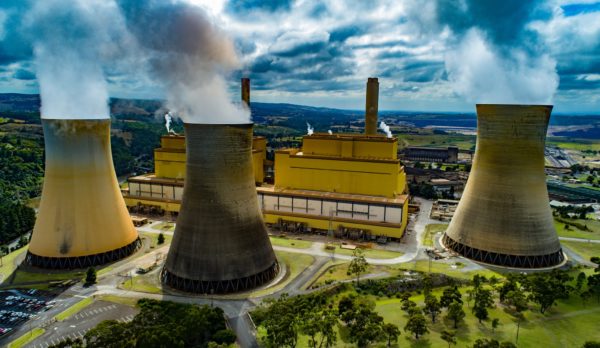
Image: Energy Australia
Hostplus, which today announced its commitment to net zero by 2050, will invest in the project’s development via an Octopus Australia-managed platform. The superfund, one of Australia’s largest with over $76 billion in funds under management, has not revealed how much it will put into the project, but its investment will sit alongside the government-owned Clean Energy Finance Corporation’s (CEFC) contribution of up to $8.5 million.
As pv magazine Australia reported in August last year, Octopus Australia and CEFC formed a joint venture with what seems to have a particular focus on renewable energy projects in the Gippsland region. Under the partnership, the pair bought the rights to develop projects from Melbourne-based management team Solis Renewable Energy, along with Gippsland-based Marathon Electrical and construction firm WK & MA Ferguson.
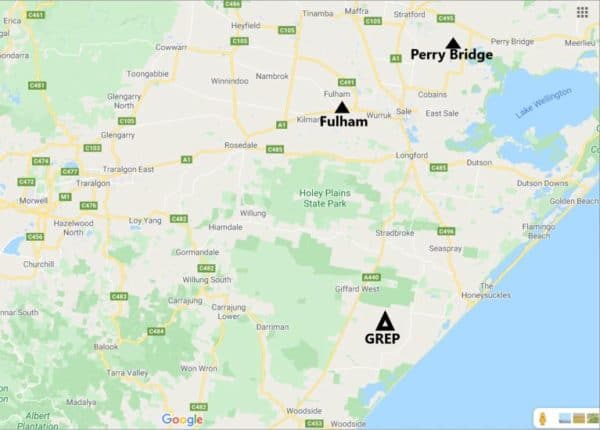
Image: Solis RE
The two projects reported on at the time included the proposed 44MW Perry Bridge Solar Farm and the nearby 80MW Fulham Solar Farm. It is unclear whether the rights to the Gippsland Renewable Energy Park were also purchased at the time or at a later date, but they are now definitively owned by Octopus and CFEC.
The 3000-hectare (30 square kilometres) project site is in the heart of the proposed Gippsland Renewable Energy Zone, and will presumably seek to deploy utility-scale solar, wind and battery storage before exploring the possibility of generating green hydrogen.
Victoria’s Gippsland region has a rich history in energy generation, producing approximately 85% of Victoria’s electricity, though it is undergoing a transition with the decline of coal-based generation.
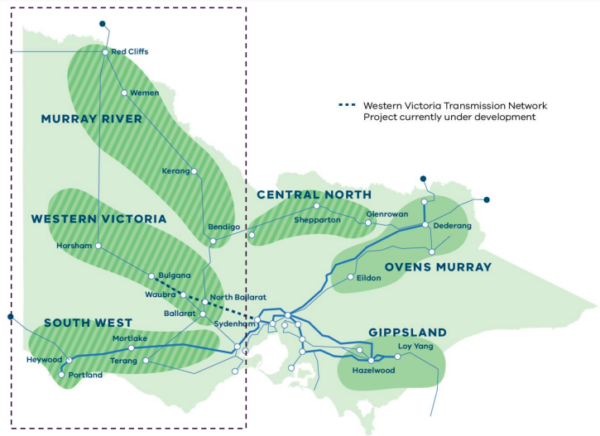
Victorian government/AEMO
Octopus Australia, a subsidiary of the UK-based Octopus Group, appears to want to be at the forefront of that particular region’s transformation. Having entered the Australian market over four years ago, it currently manages more than $1 billion in assets under construction and operations on behalf of its investors. Octopus Group in total has invested more than $6 billion deployed across more than 300 projects.
Octopus Australia estimates the construction and development of the Gippsland Renewable Energy Park will generate several hundred jobs in the region, which has been hit by bushfires and the decline of both the local timber and coal industries.
This content is protected by copyright and may not be reused. If you want to cooperate with us and would like to reuse some of our content, please contact: editors@pv-magazine.com.
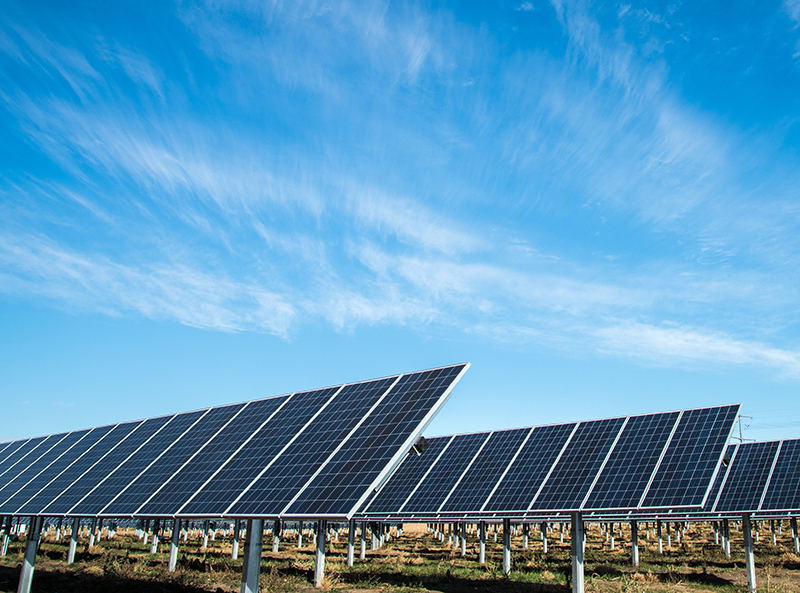
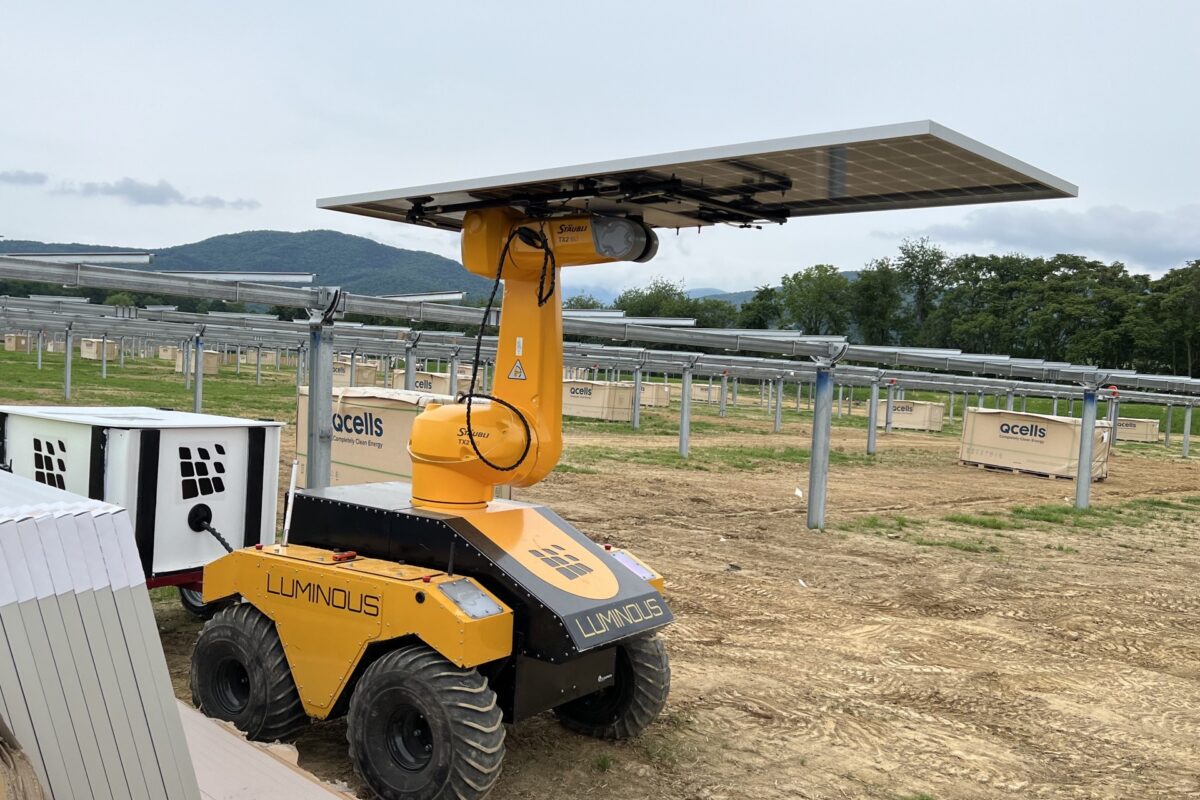







By submitting this form you agree to pv magazine using your data for the purposes of publishing your comment.
Your personal data will only be disclosed or otherwise transmitted to third parties for the purposes of spam filtering or if this is necessary for technical maintenance of the website. Any other transfer to third parties will not take place unless this is justified on the basis of applicable data protection regulations or if pv magazine is legally obliged to do so.
You may revoke this consent at any time with effect for the future, in which case your personal data will be deleted immediately. Otherwise, your data will be deleted if pv magazine has processed your request or the purpose of data storage is fulfilled.
Further information on data privacy can be found in our Data Protection Policy.